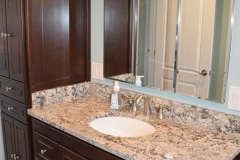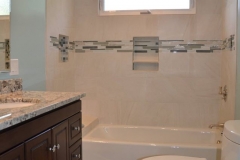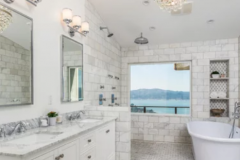Bolt and Brace Retrofits: 20% discount on Homeowners Insurance
Homes with qualifying brace and bolt retrofits may be eligible for discounts of up to 20 percent on California Earthquake Authority insurance premiums. More than 1.2 million houses in high-hazard areas of California are particularly vulnerable to earthquakes by virtue of when and how they were constructed: typically before 1979, with a wood frame on a raised foundation, and with a cripple wall in the crawlspace under the house.



